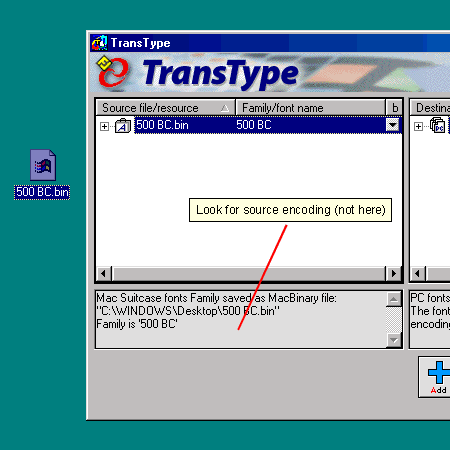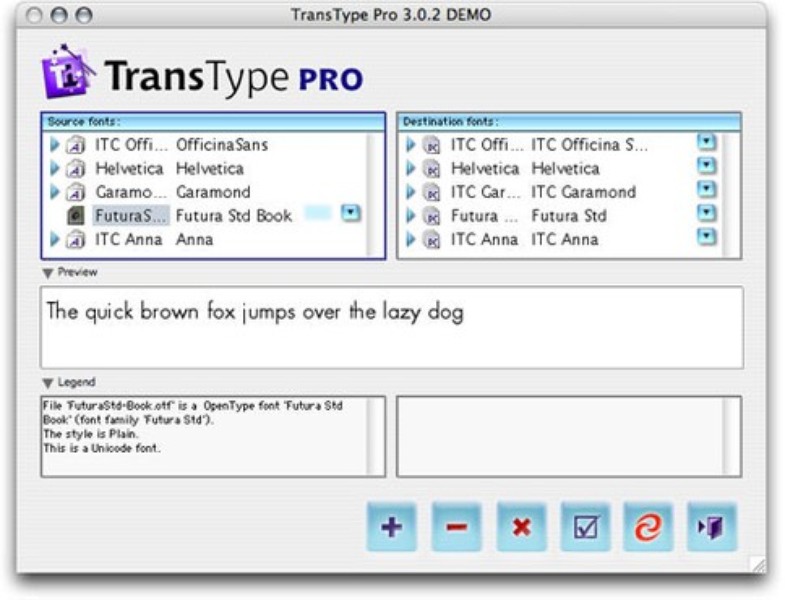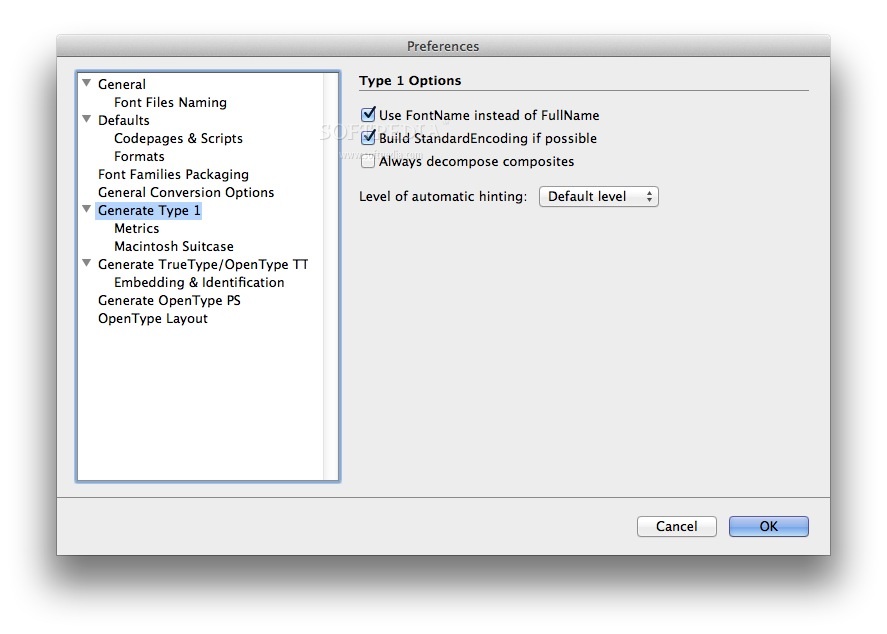

- Transtype rapidshare how to#
- Transtype rapidshare update#
- Transtype rapidshare upgrade#
- Transtype rapidshare full#
- Transtype rapidshare code#
Some foundries went out of business long ago, but popular foundries of the 1980s and 1990s more often had their libraries acquired by larger firms.
Transtype rapidshare full#
This reveals varying amounts of information depending on the particular font, but it should provide the name of the font’s creator, some copyright details, and anything from a terse license sentence, a full license document, or a link to a web page containing the license agreement. In Font Book, select any font and choose View > Show Font Info.

If you’re trying to find the contact information for a foundry, Font Book is the easiest method to view a font’s metadata. TransType provides a simple way to convert Type 1 to OpenType, although beware of conversion issues and legal niceties. You can also check out the free cross-platform FontForge project, which is powerful but has a steep learning curve and FontXChange ($99), which has the single-minded purpose of converting font formats. (See the note below about the legality of this, too.) A trial version is available. These conversions won’t necessarily be perfect, as Type 1 and OpenType have somewhat different properties. Look into a font-conversion tool. FontLab offers TransType ($97 commercial $48 for educational users), which among its features is converting Type 1 fonts into OpenType ones.Some type designers freely release designs, which you can find collected at Open Foundry, among other places and some companies, like Google, commission and release typefaces for no-cost use.
Transtype rapidshare upgrade#
Find an alternative: If it’s a typeface you use actively, and you don’t want to pay an upgrade fee or can’t find the maker, you may be able to find a similar freely available alternative.If you’re an Adobe Creative Cloud user, you might find the same typeface available from Adobe Fonts (once called Adobe TypeKit) for use at no additional cost above your subscription. But you might not have touched a font in decades, and perhaps it’s time to let it sink into the past. Do you still need the typeface? Wow, but we used to buy a lot of type, didn’t we? By “we,” I mean anyone having read this far.

If you’re lucky, it’s free or a low price relative to the original purchase.
Transtype rapidshare how to#
Transtype rapidshare update#
Check you didn’t update your fonts already years ago: In the early days of OpenType, many foundries offered a transition plan for registered purchasers-sometimes free or at a nominal cost, and sometimes at a slightly offensive price given the actual transition work involved.Once you’ve found your Type 1 fonts, you can make a number of choices on how to proceed: While Type 3 could do almost anything Type 1 could and a lot more it couldn’t, it lacked a feature calling “hinting” that allowed PostScript to render the vector curves and lines of a font effectively at lower resolutions.Ī smart collection in Font Book lets you collect all the active Type 1 fonts on your Mac, as opposed to all those simply present on your drives. Adobe initially reserved Type 1 for itself, and published the Type 3 specification for general use.
Transtype rapidshare code#
Apple licensed typefaces both for the Mac and to embed in the Apple LaserWriter, and PageMaker could send PostScript code that produced high-quality output from a printer.Īdobe offered two methods of creating fonts in the mid-1980s, which were obscurely labeled after their internal specifications: Type 1 and Type 3. Apple offered support in its Macs for PostScript typefaces, and Aldus could work with system fonts without any special effort. And QuarkXPress fans: I was one, too! But they weren’t the first mover.)Īdobe’s PostScript fonts and vector technology were the key to unlock the print quality that publications wanted. (WYSIWYG page layout predated Macs, but on expensive, powerful, inflexible systems used in printing plants. Apple’s Macintosh and its operating system provided the first relatively affordable and easy way to engage with WYSIWYG design (what you see is what you get), and Aldus PageMaker provided the earliest effective layout tools. Apple, Aldus, and Adobe were colossi who stood arms outstretched above the entrance to the future in the mid-1980s.


 0 kommentar(er)
0 kommentar(er)
